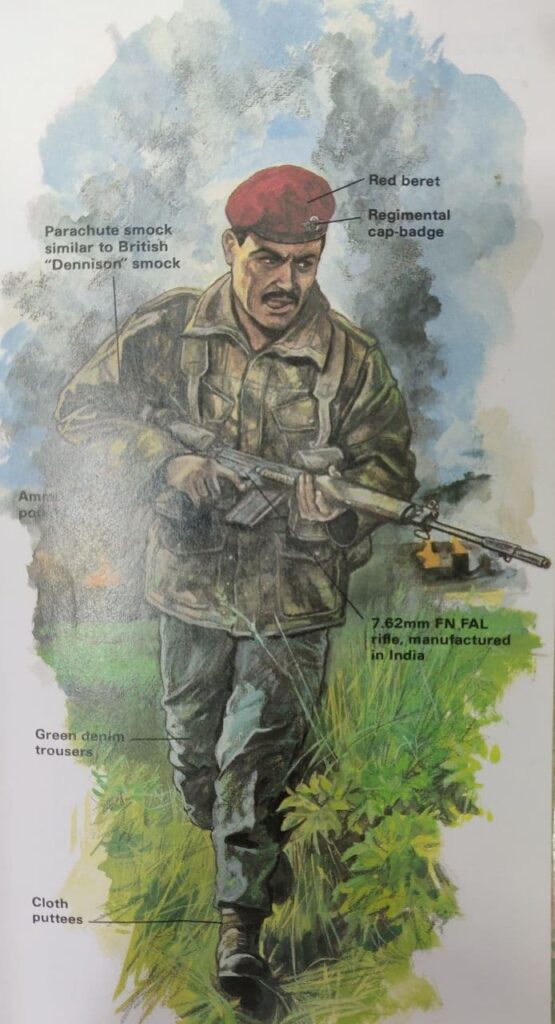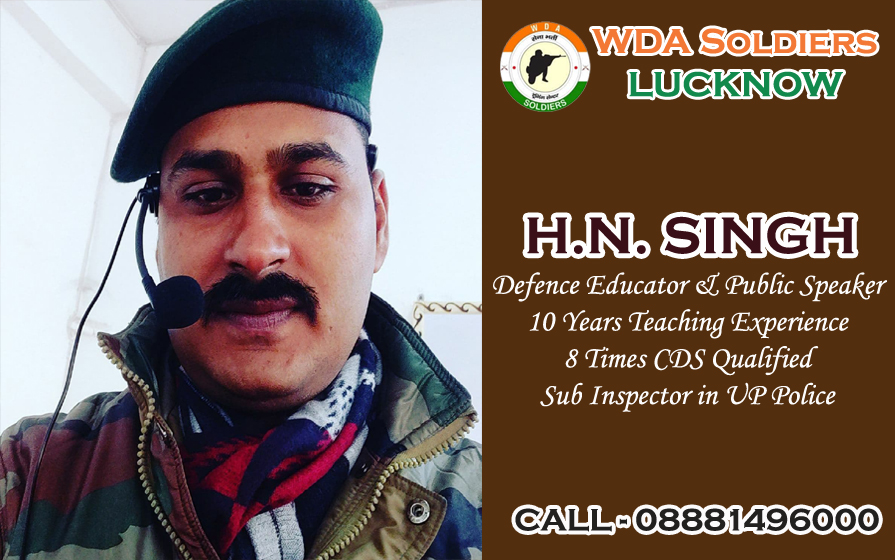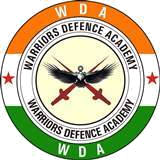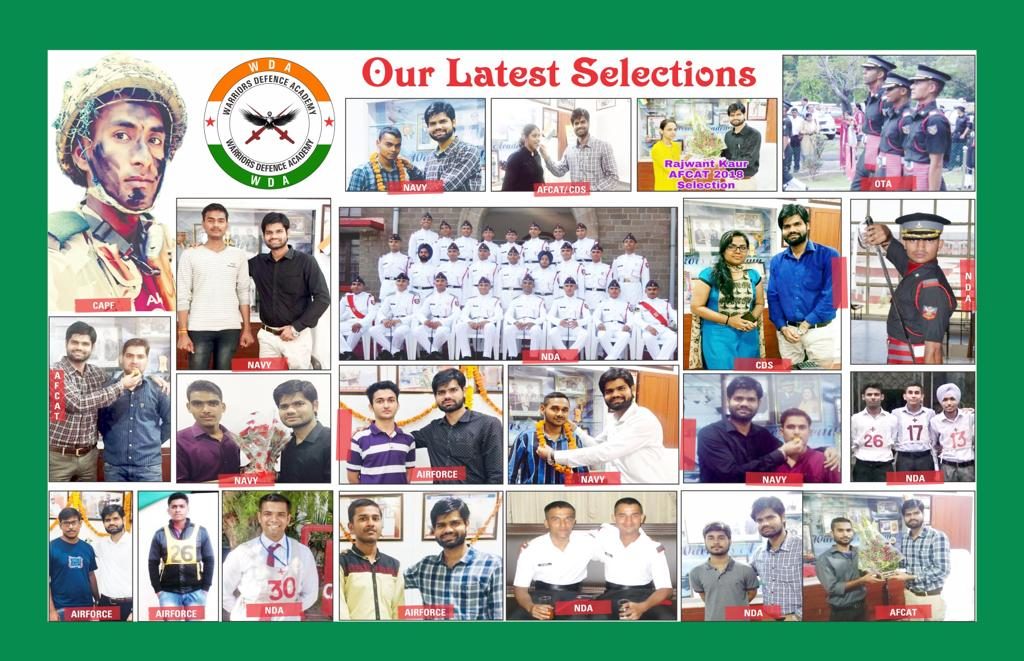Parachute Regiment

The parachute units of the Indian Army are among the oldest airborne units. The first Indian parachute unit was authorized on May 15, 1941, and by October 1941 50th Indian Parachute Brigade had been formed, comprising 152nd Parachute Battalion (Indian), 15 1st Parachute Battalion (British), and 153rd Parachute Battalion
(Gurkha). In 1944 it was decided to form a division (44th Indian Parachute Division) and at the same time, the formation of the Indian Parachute Regiment as a separate entity was authorized. The partition of the British Indian Empire in 1947 led to the split of the parachute units between India and the newly created Pakistan. The 50th Indian Parachute Brigade was quickly involved. in operations in Kashmir 1947-49.
During the 1965 Indo-Pakistan operations special independent force of commandos was raised and on July 1, 1966, the 9th Parachute Battalion was formed to take on the task, absorbing the and on smaller commando force in the process. A year later part of the 9th Battalion was hived off to form 10th Battalion, each with three company-sized sub-units designated “groups”. In 1969 both units added the suffix “commando” to their titles, becoming 9th and 10th Commandos respectively.
Organization
The Indian Army today has eight parachute battalions, organized into two independent brigades: 50th and 51st. Both brigades have parachute-trained units and subunits of supporting arms and services, for example, artillery. engineers, signals. 9th and 10th Para Commandos are also still part of the Indian Army order of battle, operating, as all such special forces units do, in an independent role.
Selection and training All Indian paratroops and para commandos are volunteers; some enter the regiments direct from civil life, while others transfer in
from Regular Army units. There is a probationary period of thirty days. when the men undergo various physical and mental tests, during which many are weeded out. Those who pass are sent to the Paratroopers Training School at Agra, where five jumps, including one at night, entitle the trainee to wear the coveted wings and the maroon beret. Para commandos undergo more specialized training to suit them for their role.
Weapons and equipment Standard sub-machine gun of India’s
Army, including the paratroops, is the locally-produced version of the British L2A3 Sterling 9mm. There have been reports that the L34A1 silenced version may be in service in small numbers with the para commandos. The current rifle is again a locally produced version of a foreign weapon. This is the Belgian FN 7.62mm FAL, which is made in India at Ishapore. The light machine gun is the very popular and successful British L4A4, the 7.62mm conversion of the old 0.303in Bren.
Uniforms
The maroon (red) beret has been the headgear of the Indian Parachute Regiment since its inception on March 1, 1945. The cap badge at that time was identical to that of the British Parachute Regiment, except that the word “INDIA” was inscribed at the base of the parachute. This badge was retained through the early years of independence and was changed to the present design-a fully opened parachute on two symbolic wings with an upright bayonet in 1950. The para commandos wear the red beret, but their cap badge is a winged dagger above a scroll. all bearing a more than passing resemblance to the cap badge of the British SAS.
Right: This Indian soldier wears the coveted cap badge of one of the oldest para units in any army, raised on May 15, 1941.
WDA Soldiers Academy in Lucknow, India

जिंदगी जंग हैं इससे लड़ोगे नही तो जीतोगे नही। किसी चीज को पाने के लिए चाहत की जरूरत है। चाहेंगे नहीं तो पाएंगे नही।
Hari nand Singh

